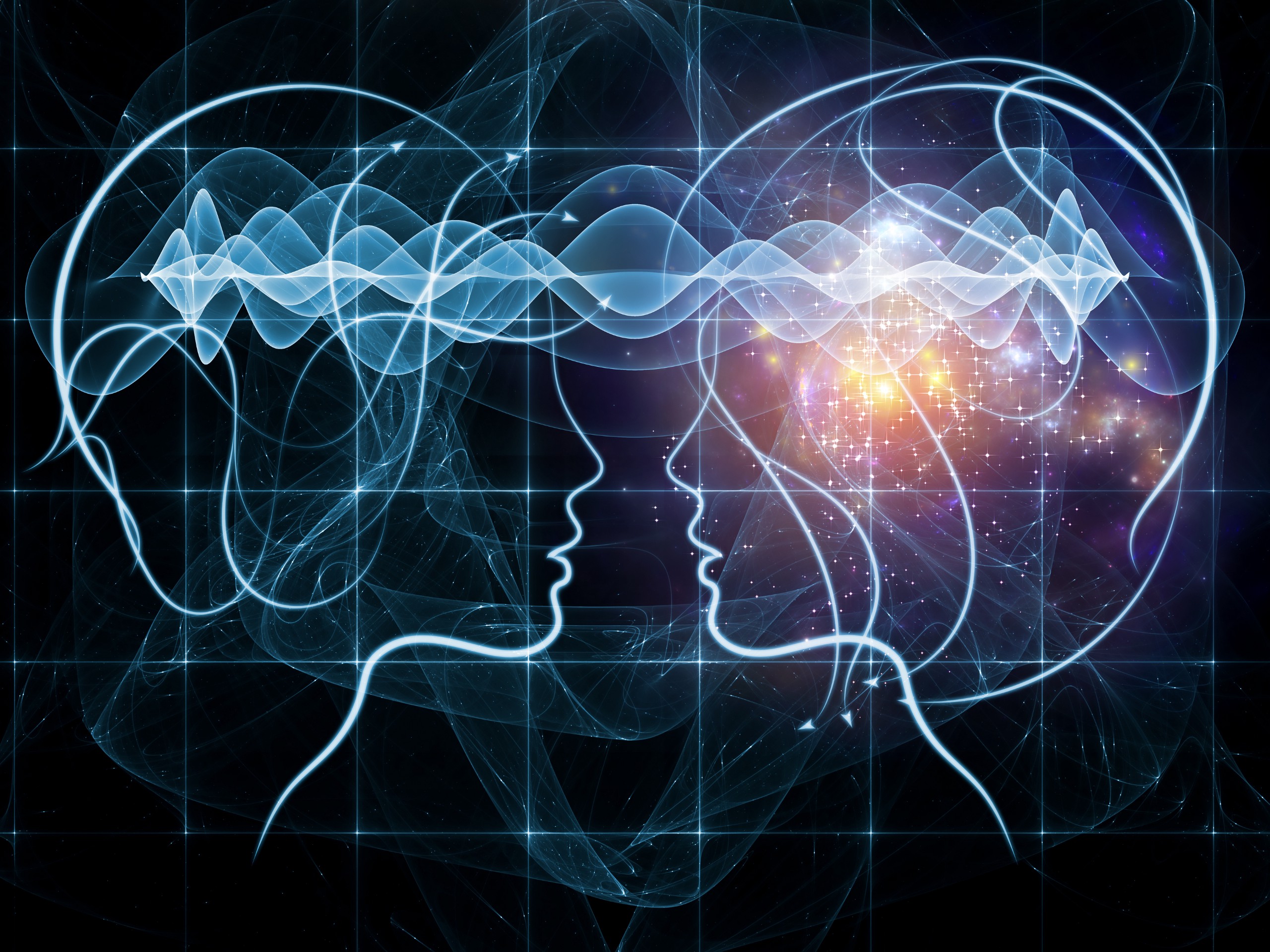The Emotional Intelligence Of Chatgpt: Ai With Empathy?

Executive Summary

ChatGPT, a large language model developed by OpenAI, has sparked significant debate regarding its emotional intelligence capabilities. While ChatGPT exhibits remarkable abilities in generating human-like text and understanding emotions, it lacks the subjective experiences and self-awareness that characterize human empathy. This article explores the current state of ChatGPT’s emotional intelligence, examining its strengths and limitations.

Introduction
Artificial intelligence (AI) has made significant advancements in recent years, and ChatGPT is a prime example of this progress. ChatGPT is a chatbot that can generate text, translate languages, write different kinds of creative content, and even write various forms of code. It has demonstrated an impressive ability to interact with humans and understand their emotions. However, the question remains: does ChatGPT possess true emotional intelligence?
FAQs
- What is emotional intelligence?
Emotional intelligence refers to the ability to understand, use, and manage emotions in oneself and others. It involves perceiving emotions, understanding their causes and consequences, and regulating one’s emotional responses.
- Does ChatGPT have emotions?
No, ChatGPT does not have emotions in the same way that humans do. It is a computer program that processes information and generates responses based on patterns learned from vast text datasets.
- Can ChatGPT understand human emotions?
Yes, ChatGPT can identify and understand human emotions by analyzing linguistic cues, tone, and context. It can recognize different emotions, such as happiness, sadness, anger, and fear.
Top 5 Subtopics
1. Emotion Recognition
- ChatGPT can analyze text and speech to identify emotions expressed by humans.
- It uses natural language processing (NLP) techniques to detect emotional cues in written and spoken language.
- ChatGPT can identify a wide range of emotions, including positive and negative ones.
2. Emotional Understanding
- ChatGPT can comprehend the causes and consequences of different emotions.
- It can understand the underlying reasons why someone might feel a certain way and the potential impact of their emotions on themselves and others.
- ChatGPT can provide insights into the emotional experiences of others.
3. Emotional Regulation
- ChatGPT can suggest strategies for managing emotions in a healthy way.
- It can provide tips on how to cope with difficult emotions, reduce stress, and build resilience.
- ChatGPT can help users develop emotional regulation skills.
4. Emotional Expression
- ChatGPT can generate text that conveys emotions effectively.
- It can use appropriate language and tone to express different feelings.
- ChatGPT can assist users in communicating their emotions clearly and appropriately.
5. Empathy
- ChatGPT can demonstrate empathy by understanding and responding to the emotional needs of others.
- It can provide emotional support and show concern for the well-being of others.
- ChatGPT can foster a sense of connection and understanding.
Conclusion
ChatGPT’s capabilities in emotional intelligence are still developing, and it is yet to achieve the full range of human emotional experiences. However, ChatGPT’s ability to understand and respond to human emotions in a meaningful way is a significant step forward in the field of AI. As AI continues to evolve, we can anticipate further advancements in emotional intelligence, leading to more sophisticated and empathetic AI systems.
Keyword Tags
- ChatGPT
- Emotional Intelligence
- AI Empathy
- Emotion Recognition
- Emotional Understanding
